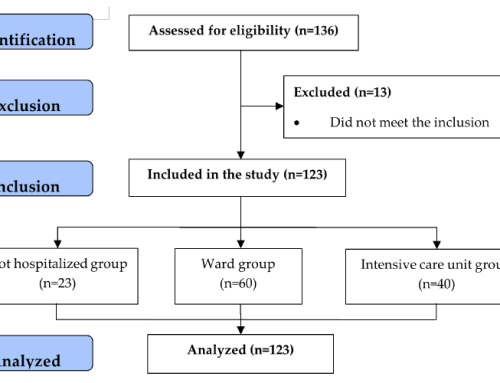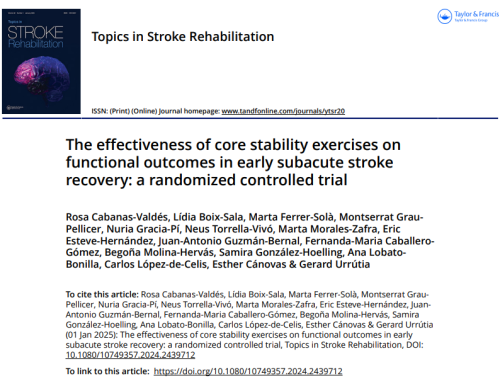
Role of semaphorins, neuropilins and plexins in cancer progression
Authors: Patricia Fernández-Nogueira, Paula Linzoain-Agos, M. Cueto-Remacha, I. De la Guia-Lopez, Leire Recalde-Percaz, Antoni Parcerisas, Pere Gascón, Neus Carbó, Álvaro Gutiérrez-Uzquiza, Gemma Fuster, Paloma Bragado,.
Abstract
SEMAs and their receptors PLXNs and NRPs are implicated in key cancer processes. The expression of SEMAs/PLXNs/NRPs is altered in several types of cancer, making them potential prognostic biomarkers. How their expression is dysregulated in cancer is still a mystery, as few mutations have been reported. SEMA signalling, along with NRPs and PLXNs in cancer, makes them suitable as cancer therapeutic targets. The role of SEMAs/PLXNs/NRPs in regulating tumour microenvironment components in shaping tumour treatment response should be analysed. Further research will lead to clinical applications, including immunotherapy combined with anti-SEMAs/PLXNs/NRPs treatment. There is interest in investigating whether SEMA/PLXN/NRP signals regulate the immunosuppressed tumour microenvironment. Data suggest that SEMAs, PLXNs and NRPs are key in cancer progression. The challenge is to map the SEMAs/NRPs/PLXNs-cancer interactome to gain insight and select promising SEMAs/NRPs/PLXNs-directed cancer therapies.
Colaborations
This paper is the result of collaborations with researchers at the Universidad Complutense de Madrid, and the Universitat de Barcelona also contributed.












Leave a Reply